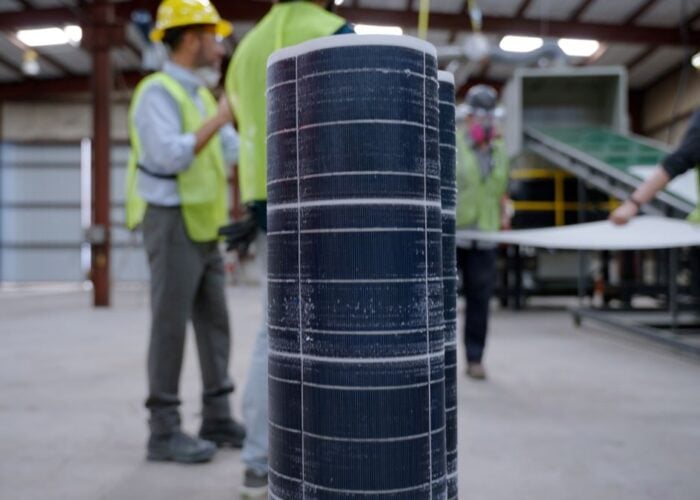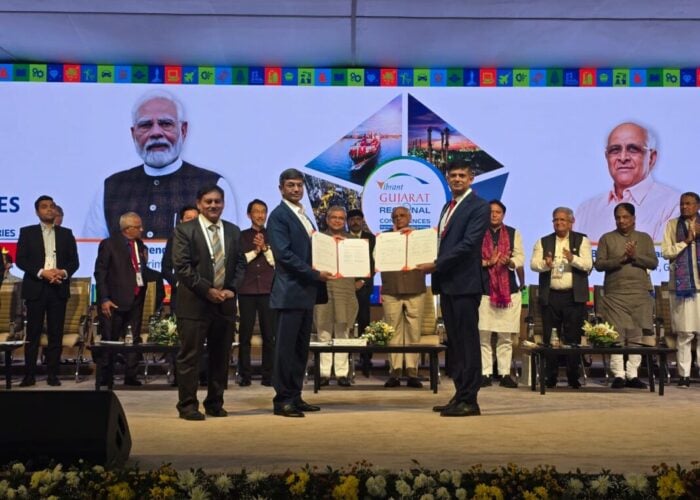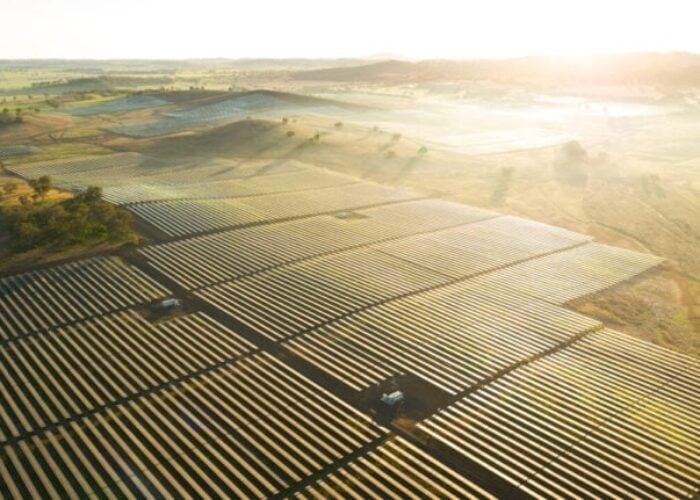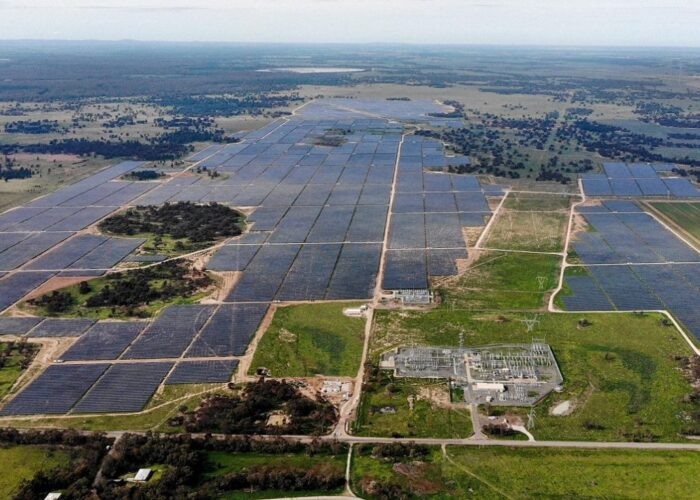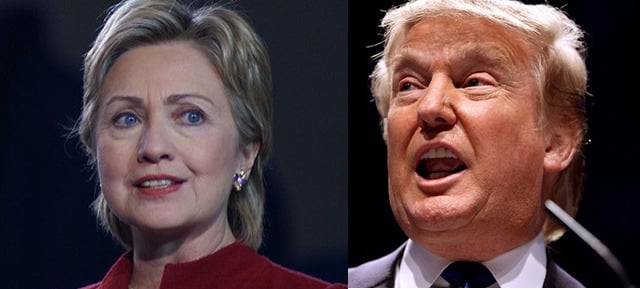
In the first Presidential debate last night, candidates Donald Trump and Hillary Clinton could not have made their differing opinions on solar and climate change clearer.
Clinton pointed to a correlation between a healthy energy policy and job creation, stating that the nation could have “10 million more new jobs”, citing a sustainable energy policy as an “investment where we can grow the economy.”
Try Premium for just $1
- Full premium access for the first month at only $1
- Converts to an annual rate after 30 days unless cancelled
- Cancel anytime during the trial period
Premium Benefits
- Expert industry analysis and interviews
- Digital access to PV Tech Power journal
- Exclusive event discounts
Or get the full Premium subscription right away
Or continue reading this article for free
“Take clean energy,” she said. “Some country is going to be the clean-energy superpower of the 21st century. Donald thinks that climate change is a hoax perpetrated by the Chinese. I think it's real.”
Trump retorted that he “did not say that”. However, the Twitter account of the Republican nominee tells a different story, with a tweet from 2012 insisting that “The concept of global warming was created by and for the Chinese in order to make US manufacturing non-competitive.”
The concept of global warming was created by and for the Chinese in order to make U.S. manufacturing non-competitive.
— Donald J. Trump (@realDonaldTrump) 6 November 2012
Clinton orignally vowed to install half a billion solar panels in her first term back in July 2015, and repeated her intent again during the debate: “And I think it's important that we grip [climate change] and deal with it, both at home and abroad. And here's what we can do: we can deploy a half a billion more solar panels. We can have enough clean energy to power every home. We can build a new modern electric grid. That's a lot of jobs; that's a lot of new economic activity.”
Indeed, the solar industry employed nearly 209,000 Americans as of November 2015; representing a 20.2% year-on-year growth rate, with US business as a whole at an annual growth rate of just 1.74%, according to The Solar Foundation’s National Job Census.
Conversely, Trump referred to solar within the first thirty minutes of the debate, insinuating that previous US investment in the industry was an economic mistake.
“She talks about solar panels. We invested in a solar company, our country. That was a disaster. They lost plenty of money on that one,” he said.
Trump appears to refer to Solyndra as an example, a now bankrupt solar company that took more than US$500 million from President Obama’s arsenal before going bust, leaving tax payers to pick up the pieces.
This is now the third time Solyndra has been referred to in all but name during a Presidential debate as an example of clean energy polices gone awry, as Fortune points out, despite the company being formed in 2004 and going bankrupt six years later in 2011.
“Now, look, I'm a great believer in all forms of energy,” Trump continued, “but we're putting a lot of people out of work. Our energy policies are a disaster. Our country is losing so much in terms of energy, in terms of paying off our debt. You can't do what you're looking to do with US$20 trillion in debt.”
Whilst Solyndra may have taken half a billion of taxpayers’ money under the auspices of 2005 Energy Policy, solar in the US is now a very different story. Forecasted to reach a cumulative 14.5GW this year, the industry is on track to grow 94% in 2016. Indeed, the latest figures from GTM Research and the Solar Energy Industries Association (SEIA) estimate that the second half of this year is expected to see around 10,184GW installed, consolidating the US as the second largest solar market globally this year.
Trump continued to argue that such allegedly ‘disastrous’ (clean) energy policies riddle the nation with “over 230 years’ worth of debt” and contribute to job losses. However, global solar investment reached a record US$161.5 billion last year, despite oil price plunges, according to Bloomberg New Energy Finance (BNEF).
Energy policies
As Clinton renewed her pledge for large-scale solar deployment and clean job creation, and Trump opposed the sentiments on solar panels as being part of a disastrous policy and a mistake, the debate only further demarcated the stark difference in energy policies between the candidates.
Not only did Trump deem climate change a hoax, but he also blamed Obama and Clinton for “going after oil and natural gas production” last month. Not shy about his support for the Keystone XL Pipeline, the billionaire Republican also pledged to re-apply for a permit, whilst vehemently opposing America’s involvement in COP21. Most importantly, Trump ignored the significant price declines solar has been experiencing, telling Vox in May: “I know a lot about solar, the problem with solar is it’s very expensive.”
Clinton, on the other hand, champions Obama’s Clean Power Plan that embodies emissions reductions and renewables integration; stating the new federal standards for power emissions should be “floor” and not a “ceiling”. Clinton also deemed clean energy to be “the super power of the 21st century” and has been vocal on her long-term support for both solar and wind.
But with US solar running on its own momentum, with the economics presenting the best value proposition it has ever had, solar relies less and less on state subsidy and support. That being said, perhaps the fate of the industry lies with neither candidate.



